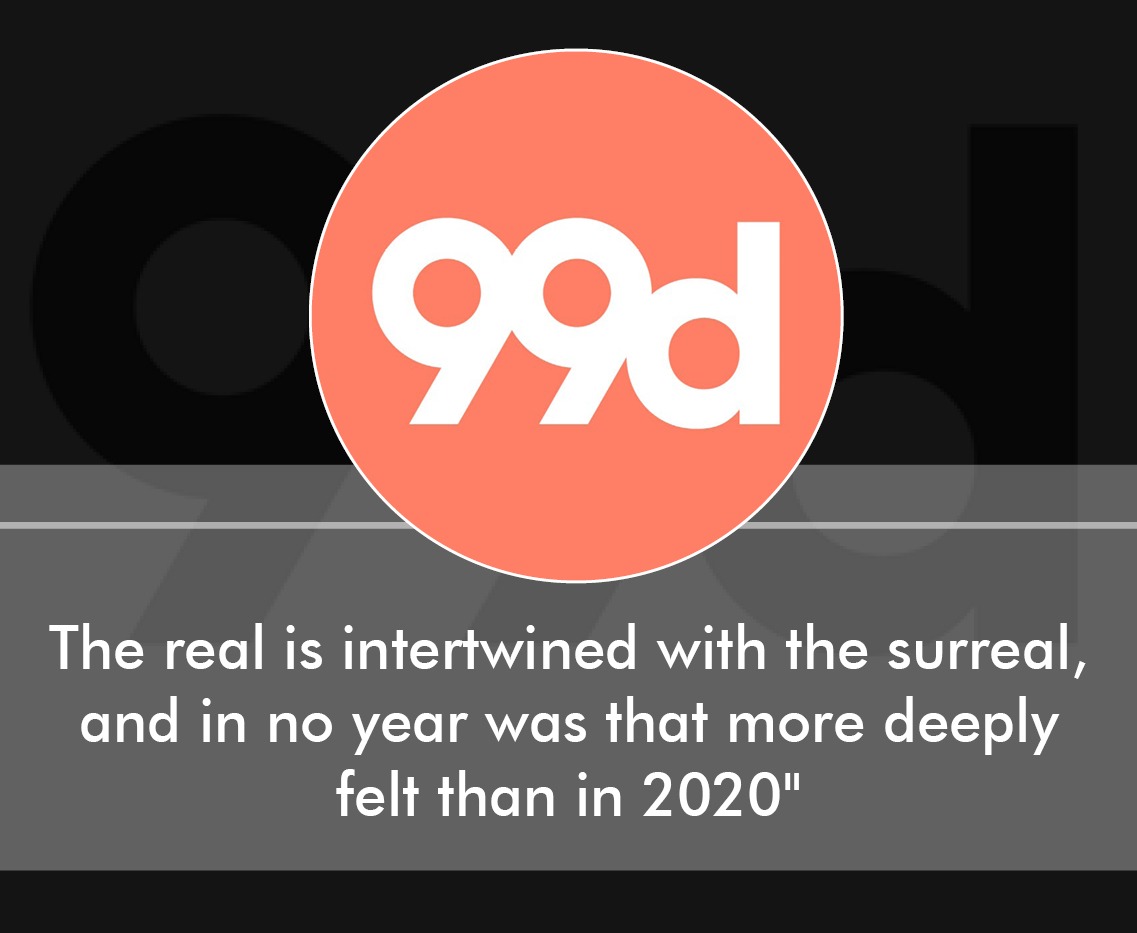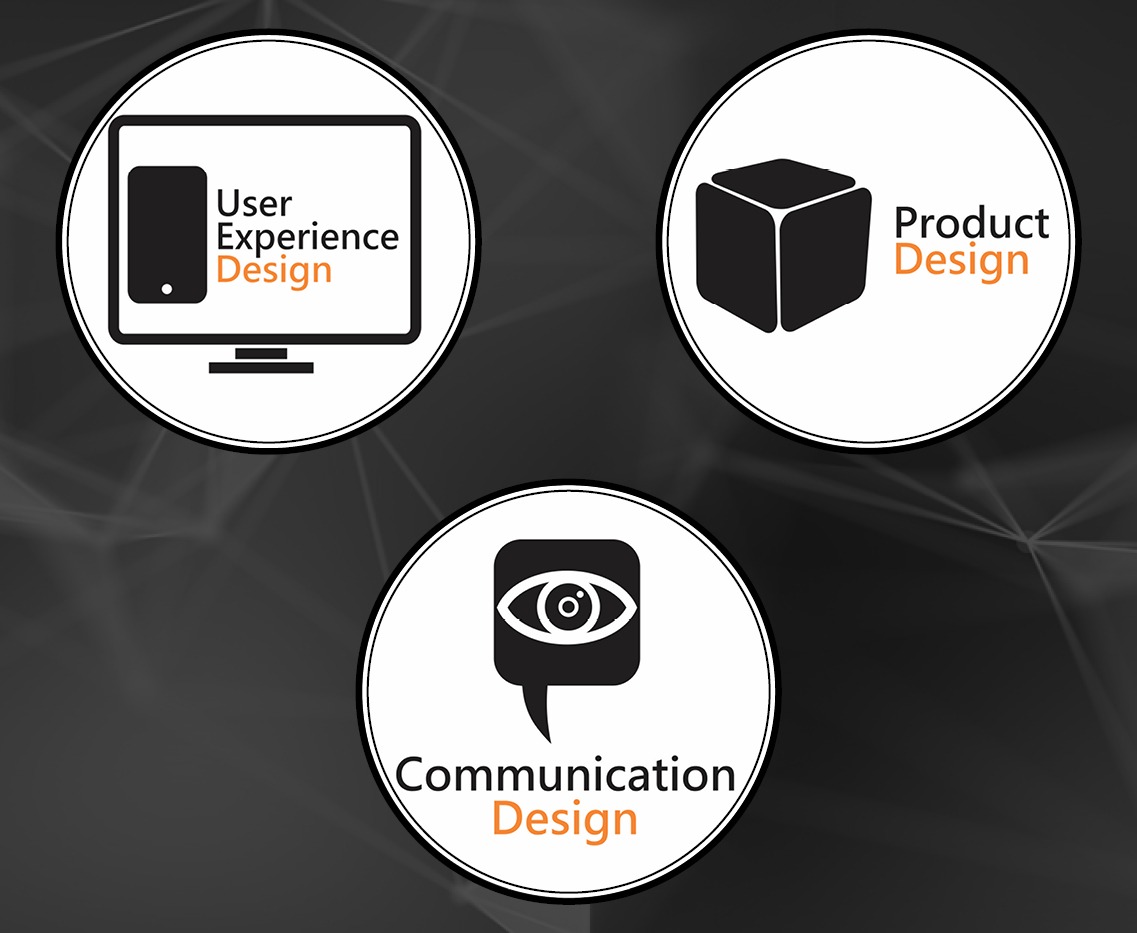How Design is Bringing New Places to Life?

Design can be defined differently in different situations, corporations, and even agencies. This is due to the wide range of terminology used to explain who designs what they do and when they are required. As you might expect, this grey area of "design" makes job descriptions feel overly intricate and intimidating. Today, the emergence of a new era and the convergence of digitalization has taken over the Design industry as well. There are several job options in the world of design, most of which are technology-driven and one-of-a-kind. To help navigate the environment of design today, some of the primary careers a B.Des aspirant in India may look forward to including product designer, user experience or user interface designer, brand designer or communication designer prototyper, and many others.
We frequently just think of fashion and interior design as part of the design industry, but as the process of marketing and advertising has evolved, we have begun to recognize the various other requirements for which a designer is required. Trends and social events are reshaping the way we think about design, and here is how design is bringing new locations to life.
Social Design To Bring Us Together
The use of design approaches to address complex human challenges with a focus on social issues is referred to as social design. Historically, social design has been aware of the designer's position and responsibilities in society, as well as the use of design to effect social change. The rapid spread of Covid-19 has prompted many in the design community to reconsider their lives' work and what it means to design for a world that will never be the same, particularly when it comes to how we meet in and use wide public spaces.
Making beautiful goods for a charitable purpose, selling engaging merchandise, and donating a portion of the proceeds to charity isn't the only way to design for social change. Designing for social effect, in its most basic form, entails imagining the impact you want to and can have on a group or community through their built environment.
Changes In Design Trends
The concept of using the past to inspire the future has been around for a long time, but with the growth of trendiness and the newfound value placed on all things old and good, it's a particularly timely topic. Why do we now place such a high value on a vintage design, hand-lettered insignia, and retro tones?
Design trends are how we interpret what has happened in the past to better understand and forecast what will happen in the future. We want something different from what we have presently, but not too different. A slow transition from the past to the future. And what we have now will soon be obsolete, ready to be re-evaluated and adopted at a later date. Finally, design is a cyclical process that draws on the past.
While we conceive of trends as something new that is influencing our designs now, they have all been used in the past as concepts. Most of the time, it was in other forms of art, and design, as one of the newer genres, is drawing inspiration from the older ones, such as painting.

Will Covid Change the Design World?
The way we used to conceptualize, ideate, and implement things has altered due to COVID-19. In the long run, this revolution will change long-held practices, and the designing industry will not be the same. With the digitalization of a major part of our world, the design industry is about to take a bigger leap. It is going to be the era of technology-driven design and courses that are technical will be much in demand. Looking at the world today following are a few points that may affect the future of the design industry once the pandemic slows down:
- Product Development
- Product Pricing
- Clients
- Trends
- Workspace

Careers In The Field Of Design Now
There's nothing quite like working in the design sector. It's the intersection of imagination and technology, and it's here where innovation thrives. From the clothes we wear to the apps we use, from the automobiles we drive to the seats we sit in, design is all around us. A designer can shape the world we live in.
Not only that, but design-driven technology outperforms its competition, making competent designers increasingly in demand. The term "design" covers a wide range of topics, and there are numerous paths to explore.
Design is a difficult, fast-paced, and visionary area to work in, yet it can also be financially rewarding. The following are some of the highest-paying fields in the design industry.
UX Design -User experience (UX) designers are ultimately in charge of improving client pleasure, making them critical to branding and business. MIT School of Design is looking forward to mentor students in the areas of Visual Interface Design, UX Design Methods, User Study, Usability Engineering, and Tangible Design.
Product Design - Every object you come across in your daily life, from staplers and dining chairs to pens and electronics, is the result of the efforts of a product designer. They are also in charge of determining the most cost-effective production procedures, therefore knowledge of various materials is required. A career in product design which is basically on the broader side of both arts and engineering combined is undoubtedly one of the most recommended courses at MIT School of Design. The Product Design course includes the artistic capacity of a student to conceptualize and create the blueprint of a product and to use science and technology to create the same in reality.
Communication Design -The term "communication design" refers to a combination of design and information that is used to communicate with others. Due to the overlapping skills in both courses, graphic design, which is a subset of Communication Design, is frequently used interchangeably. However, at the MIT School of Design, we separate each subject offered to students to provide them with a greater understanding of each and to prepare them for the workplace.